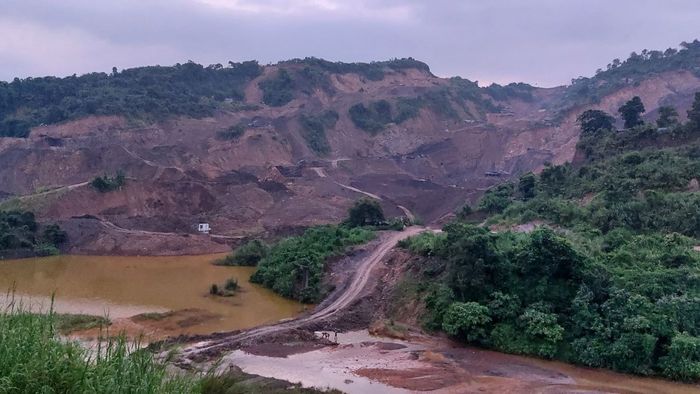Assam cracks down on rat-hole mining after Dima Hasao tragedy
The Assam government has launched an extensive operation to shut down illegal rat-hole coal mines across the state following a tragic incident in Dima Hasao district.

- Jan 23, 2025,
- Updated Jan 23, 2025, 8:54 PM IST
The Assam government has launched an extensive operation to shut down illegal rat-hole coal mines across the state following a tragic incident in Dima Hasao district.
On January 9, a sudden influx of water flooded the 3-Kilo Coal Quarry in Umrangso, trapping nine laborers. While four bodies have been recovered, five miners remain missing, highlighting the dangers of this banned practice.
The tragedy has sparked sharp criticism from the opposition, which accused the government of "utter negligence." They questioned how rat-hole mining, outlawed by the National Green Tribunal (NGT) in 2014, continues unabated in the state.
Assam DGP G.P. Singh, during a recent review meeting, directed officials to shut down all illegal rat-hole mining activities in Tinsukia and Dima Hasao districts. Singh, who is set to take charge as CRPF DG, emphasized strict action, particularly in regions like Margherita and Ledo, notorious for rampant mining activities.
Efforts to locate and dismantle illegal mining operations have gained momentum, with local authorities identifying several sites, including Tipong, Aradhara, Lalapahar, Paharpur, Jharna Basti, and Bomgara. According to officials, nine illegal mines in Dima Hasao have already been shut down, with operations underway to identify and close more.
Also Read: Assam: ED raids in Kamakhya Debutter Board case; FDs, property documents seized
"Many mine owners have voluntarily ceased operations and sent workers home to avoid detection," an official revealed. However, authorities have yet to make arrests, with investigations ongoing to gather concrete evidence.
Adding to the pressure, the International Human Rights Council (IHRC), Tinsukia District Committee, has conducted a ground investigation, uncovering extensive illegal coal mining activities in the Margherita constituency.
The council identified 20 illegal sites in just 12 hours, naming prominent individuals allegedly involved in these operations.
L. Ratan Singh, General Secretary of IHRC Tinsukia District Committee, expressed frustration with the inefficiency of the Assam Police, accusing them of failing to detect these sites despite their jurisdiction over the affected areas.
The council has appealed to Chief Minister Himanta Biswa Sarma to dismantle illegal operations in specific areas, including Deep Mine, Lal Churi, Kala Churi, Mulung Hill, and Lachit Khani. These actions could potentially shut down 200–250 illegal mining operations in the state.
The closure of rat-hole mines presents significant challenges, as many operate in remote and hilly terrains, making detection difficult. Additionally, local livelihoods often depend on illegal mining, complicating enforcement efforts.
Rescue operations at the Umrangso mine continue, involving multiple state and central agencies. Meanwhile, environmentalists and human rights activists are calling for stricter regulations and sustainable alternatives to prevent future tragedies and preserve Assam’s natural resources.
The government's commitment to eradicating rat-hole mining is being closely watched, as public demand for accountability and sustainable development grows stronger.